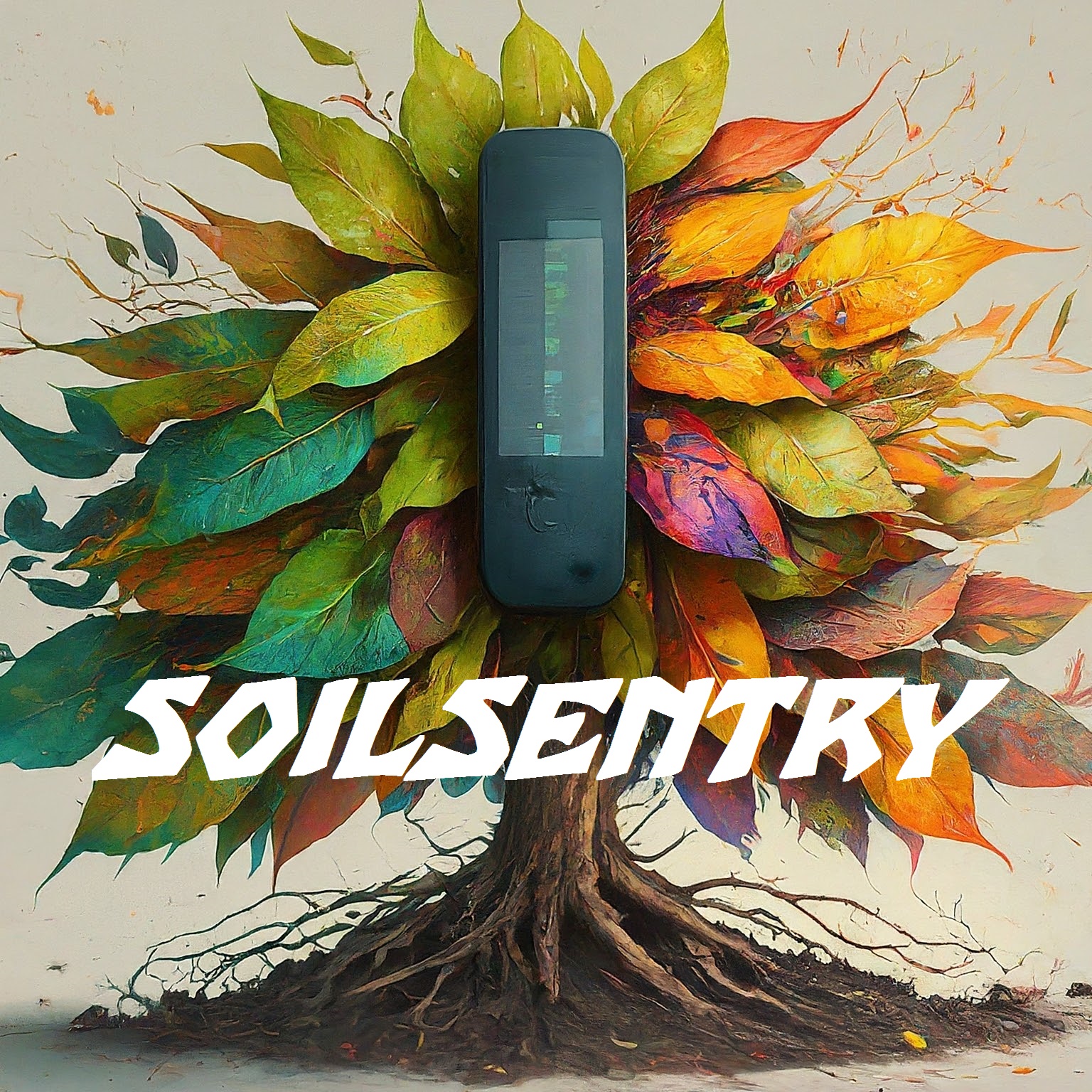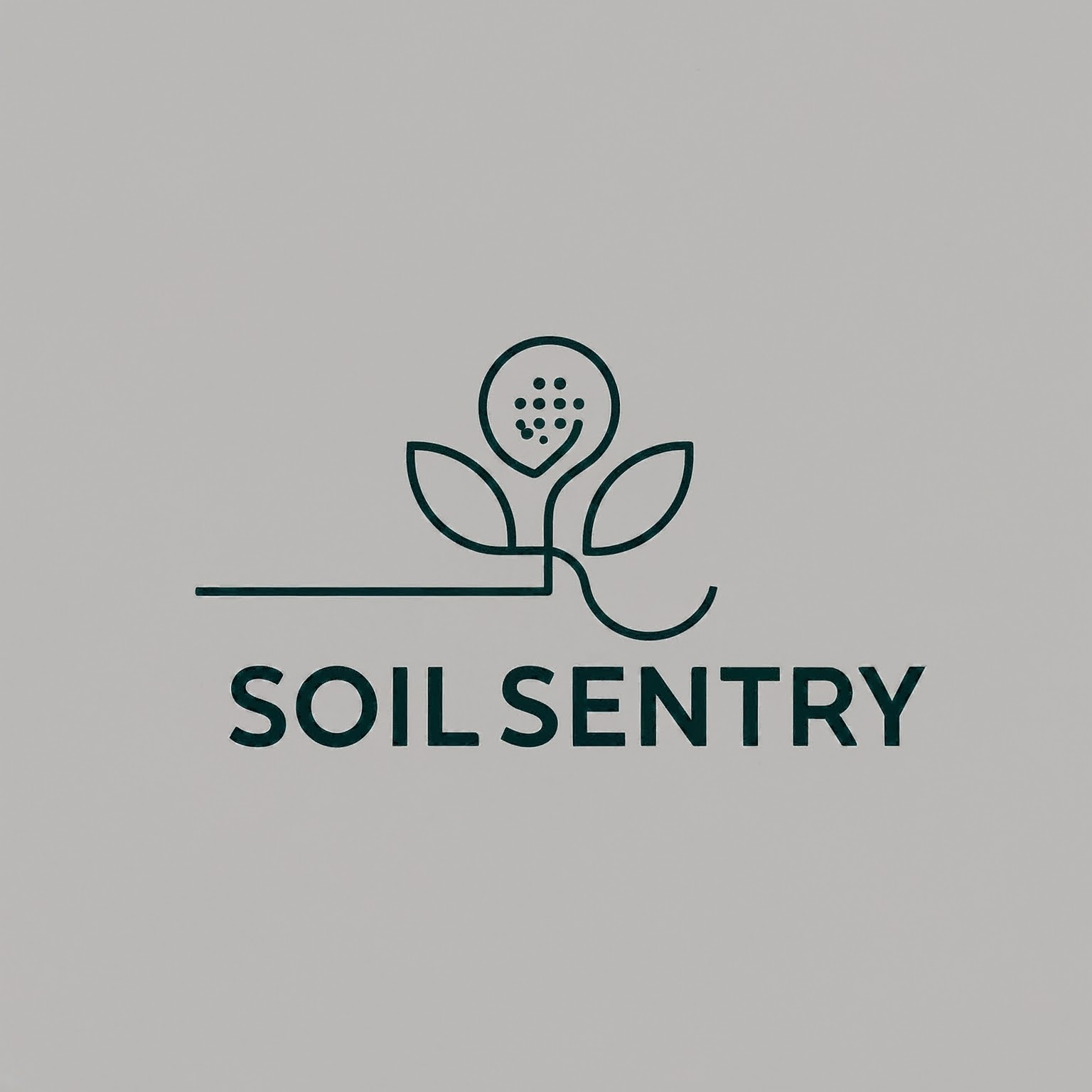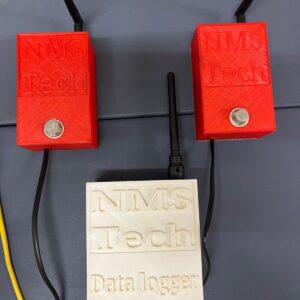By embedding soil moisture sensors at different depths within agricultural fields, farmers can gain real-time insights into the water content of the soil.
These sensors, strategically placed in the root zone, allow for accurate monitoring of moisture levels critical to crop health. Data from the sensors is collected at regular intervals and transmitted to a central system, where it is analyzed alongside important factors such as
- crop-specific water needs
- weather forecasts
- soil properties like texture and drainage capacity.
This analysis helps create optimized irrigation schedules tailored to the exact needs of each crop or zone within the field. As a result, water is applied only when necessary, ensuring that plants receive the right amount of moisture at the right time.
This precision reduces water waste, improves crop yields, and enhances overall plant quality by maintaining consistent soil moisture levels throughout the growing season. Irrigation systems can be automated or adjusted manually based on the system’s recommendations, further improving efficiency.
In addition to water savings, precision irrigation minimizes environmental impacts such as soil erosion and nutrient leaching, which can occur when excess water is applied. Farmers can also experience significant cost reductions in terms of energy for pumping water and fewer fertilizer applications, as proper moisture management promotes efficient nutrient uptake by plants.
Several factors must be considered when implementing soil moisture sensors, such as
- choosing the right sensor technology (e.g., tensiometers, capacitance sensors)
- effective data management
- ensuring irrigation strategies align with crop-specific requirements.
Integrating weather data can further refine irrigation schedules, while understanding the role of soil type in water retention helps in optimal sensor placement. Overall, this technology promotes sustainable farming practices, increasing both crop productivity and profitability.
We, Aashwitha, Vishak And Suraj, Students Of Silicon City Academy Of Secondary Education, BANGALORE,
Kindly Request You To Invest As Much As You Think Is Appropriate For Our Project. We aim to improve our future, and make your food better.
This innovation is by Aashwitha R, P Vishak, P Suraj Singh from Silicon city Academy





Reviews
There are no reviews yet.